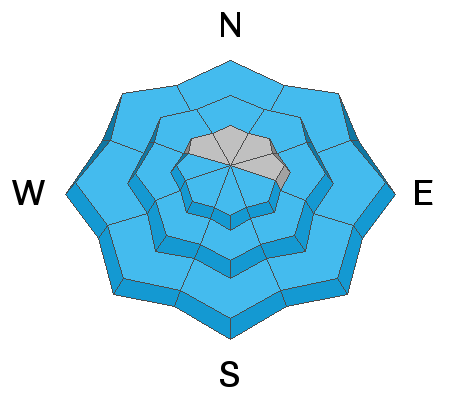Forecast for the Salt Lake Area Mountains

Issued by Mark Staples on
Tuesday morning, April 7, 2020
Tuesday morning, April 7, 2020
Today the avalanche danger is MODERATE at all elevations and aspects. On upper elevation, northerly facing slopes with dry snow, triggering slabs of wind drifted snow is possible. On all other slopes, loose wet avalanches will become possible as the snow warms and becomes wet.

Low
Moderate
Considerable
High
Extreme
Learn how to read the forecast here






